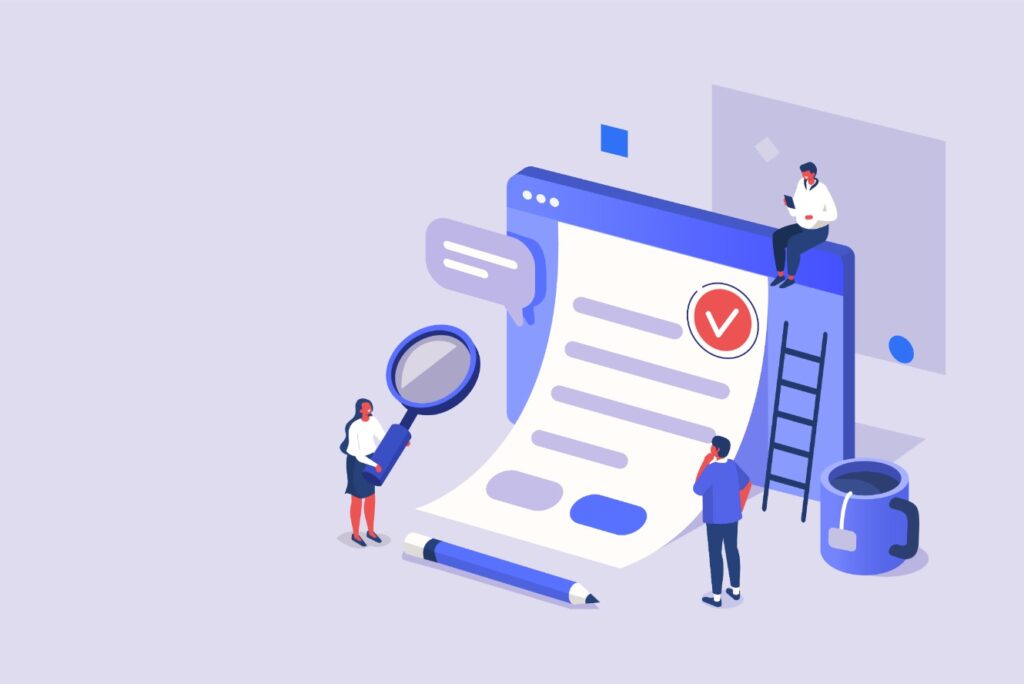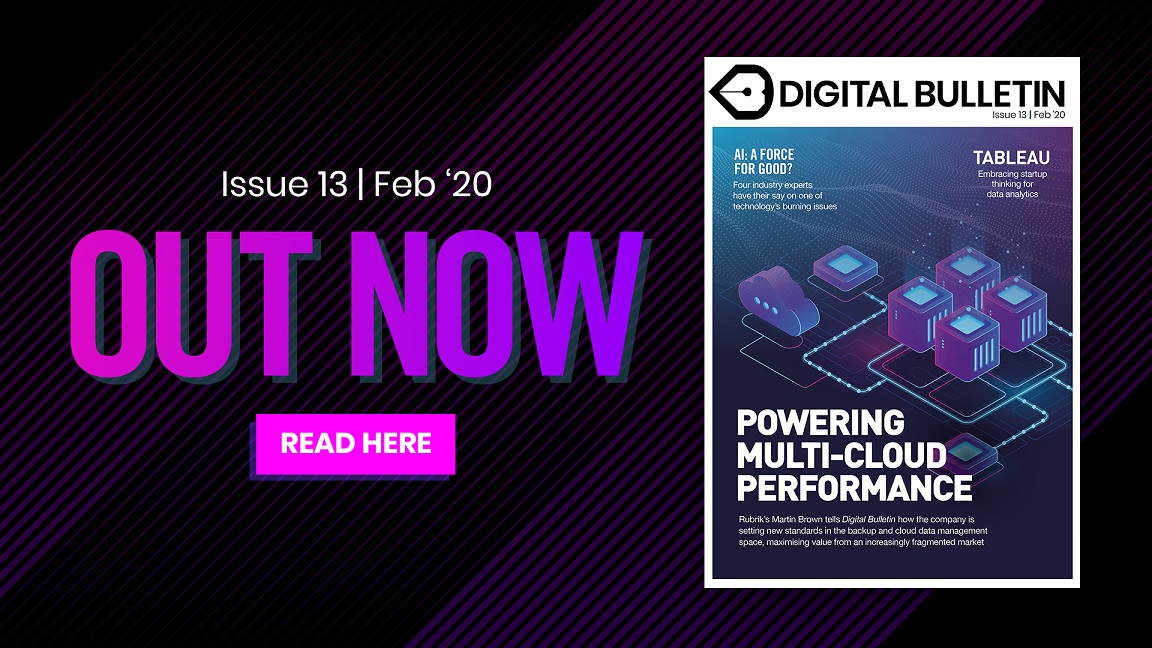
The axiom that “every company is now a technology company” is heard so often that it’s shifting dangerously close to business cliché.
It is, of course, rooted in the hard truth that without a strategic approach to modern technology, organisations will find themselves lagging behind digital-savvy competitors. A throwaway saying maybe, but nobody can dispute the underlying message.
A good number of industries have spent many years adapting to this seachange but others have been slower to bring about technology transformation – and one example is the professional services sector. Usual barriers to technology adoption for firms pitching knowledge-based services like accountancy, consultancy and legal assistance include immovable legacy practices, cultural change resistance and cost concerns.
There is evidence, however, that these professions might finally be waking up to technology’s potential. Take the legal sector as one; in 2018, investment in legal tech sky-rocketed by a barely believable 713% according to Forbes. In its reporting, Forbes said the figure is indicative of an industry that has switched on to the likes of automation and artificial intelligence (AI).
For legal professionals, the focus is commonly around efficiency; how can technology give firms the space to grow and carry out a premium service? A recent survey by LexisNexis, a prominent legal tech player, took the key area of business development and found that to support this imperative in 2020, 70% of respondents will be making significant investments in digital. Collaboration with IT departments will also increase as demands of the work do the same.
Scott Wallingford, VP and general manager of LexisNexis Software Solutions, was involved in the research, which gathered insights from legal marketing and business development leaders and C-suite executives across the United States, Europe and Asia Pacific. In an exclusive interview with Digital Bulletin, Wallingford starts by shedding more light on exactly how technology – and specifically data – can be the secret sauce for professional services.

“We do this survey every year around what’s changing in the market, and really there are three key takeaways for this time,” he says. “Firstly, it’s about deriving the right insights from your client data to make sure that the firms deliver excellence for their clients. That’s the goal and all firms struggle with it.
“Then, once you establish that foundation of data and insights in order to drive better decisions, you can really crystallise that into your business development strategies and make sure you’re not only talking about what you want to do with a better strategy, but also measuring it. At the end of the day, if you have a strategy but don’t measure against it, you really have an idea, not a plan.
“Thirdly there’s the client perspective; their expectations around experience are going up. What you did last year isn’t going to be successful this year. That is really where the data comes in and makes sure you have rich insights to be the trusted advisor.”
Achieving ‘trusted advisor’ status is the holy grail for fee-earning lawyers, according to Wallingford. In his own words, professional services is a different breed of industry where services are “bought, not sold”. Relationships go far beyond the transactional tie-ups associated with product-centred businesses, with this is especially true in the legal sector where confidence is essential and partnerships can stretch across decades.
Technology can help firms but many still stumble when it comes to implementation. In Wallingford’s view, it all comes back to data and using analytics to glean insights and inform decision-making – yet a lot of organisations keep making mistakes.
“What firms struggle with is that they don’t use data to build their business development strategies or client engagement strategies,” Wallingford explains. “So they’re brainstorming – they come up with a list, but there’s no real coherence to it. They don’t put metrics against it. From our survey, we found that only 9% of firms are using analytics to track business opportunities, and it’s a similar level for using analytics to glean insights from the data that they captured. The insight is the power, it’s not just data collection.
“The other thing many firms do is launch a tonne of initiatives but don’t connect them to their strategies. If the firm is clear on “this is how we intend to grow the firm”, it’s easier to get clarity on investments, clarity on priorities and clarity on who is going to do what.”
Wallingford speaks with authority having worked with businesses cross-industry on using technology to streamline and grow. He recently passed four years in post at LexisNexis, where he directs its software business unit and oversees the iteration of its InterAction platform – widely recognised as the de-facto CRM for professional services.
Designed to confront the challenges firms face in client satisfaction and attraction, InterAction – used by 450 clients in 32 countries – offers contact and pipeline management, engagement scoring and crunches data to provide relationship intelligence and dashboard reporting for fee-earners. Wallingford believes it packs far more in than a rudimentary CRM system.
“CRM is a loaded term. It’s been around for a while and I think of InterAction as so much broader,” he says. “We’ve changed the focus to be much more of a data and client insight platform. The real goal is to capture everything your firm knows about current clients or prospective clients.
Once you establish that foundation of data and insights in order to drive better decisions, you can really crystallise that into your business development strategies
“Number one is to take care of your existing clients. If you do that, you have reference customers, you have repeat business – that really sets the table. So I think of it as “protect the core”. The second thing is to add new capabilities that matter to some, extending your value proposition to the firms that value it. The third is how you grow, and that’s really finding new business. What we do is work that throughout InterAction, solving the question of how law firms and other professional services firms continue to develop.”
InterAction already helps save fee earners “several hours per month” but LexisNexis has built data intelligence into its platform to keep it one step ahead. Another Forbes report published in August made the case for AI’s disruptive potential in CRMs, listing five areas for transformation: data ingestion & retrieval, sentiment analysis, data integrity, predictive lead scoring and prescriptive account-specific recommendations.
In LexisNexis’s case, AI is being deployed to solve an age old problem and banking many hours of fee earners’ time in the process, as Wallingford outlines.
“We leverage some AI capability that can automatically match contact records to understand if it’s the same person. It sounds like a small problem, but if you’re a big firm you will have literally hundreds of thousands of contacts in your database. What you really want to do is make sure that this is the same person before who was at firm X, or is this a completely new person?”
Last April, the company took another major technological step forward by launching InterAction for Office 365. The new application embeds InterAction client relationship data into existing workflows across Microsoft Outlook, Excel and Word and allows users to access and consume that data both at their desk and remotely while out in the field.
“Your clients’ insight data is right there: news feeds on what’s new with a particular firm or individual so you’re always up to date,” adds Wallingford. “It also lets you automatically capture activities all in one place, so that no-one has to jump anywhere else, and the real magic about this is that it works across devices so you don’t need to be sat in your office to make this work.”
InterAction for Office 365 is delivered through a unique hybrid cloud model which leverages patented LexisNexis technology, guaranteeing both the flexibility of the cloud and the bulletproof security of local environments. Security concerns have previously made legal firms wary of embracing public cloud but Wallingford is adamant this solution eradicates any lingering worries.
“I think you will see more interest in cloud-delivered capability,” he predicts. “Many people think this is binary and a foregone conclusion – we’ve actually seen some firms that prefer an on-premise database capability where they want to own their data and keep it within their walls. But they are torn, because they also want the benefits of a SaaS model or the software application itself.
“This hybrid model simplifies things for firms who say they want to move and move seamlessly – they can easily add any capability from the cloud and they don’t have to do massive, year-long services projects. I’ve yet to meet a CIO who wants to do a massive year-long services project!”
LexisNexis is actively laying the foundations for continued leadership in its sector – but what does Wallingford view as the other future trends in the CRM arena, aside from the emergence of cloud? Statista projects steady growth for an overall CRM software market that it estimates will be worth in the region of $40 billion by 2023.
“Is a company’s proposition that it should be the end-to-end CRM provider or is it that it should be the best-in-class client insights platform for legal and professional services, for example? Is one right or wrong? You can debate those merits all day long. We prefer to partner extensively and integrate with many,” he concludes.
“Will there be growth? Absolutely. Will there be M&A? I expect so but I certainly don’t think it will be Salesforce coming into this market and buying up a couple of players.
“Overall, I see analytics continuing to be a point that matters more to law firms and other professional services firms. As they get further down this path, they will start to understand the magic that the analytics applied to their broad sets of data can help power.”



